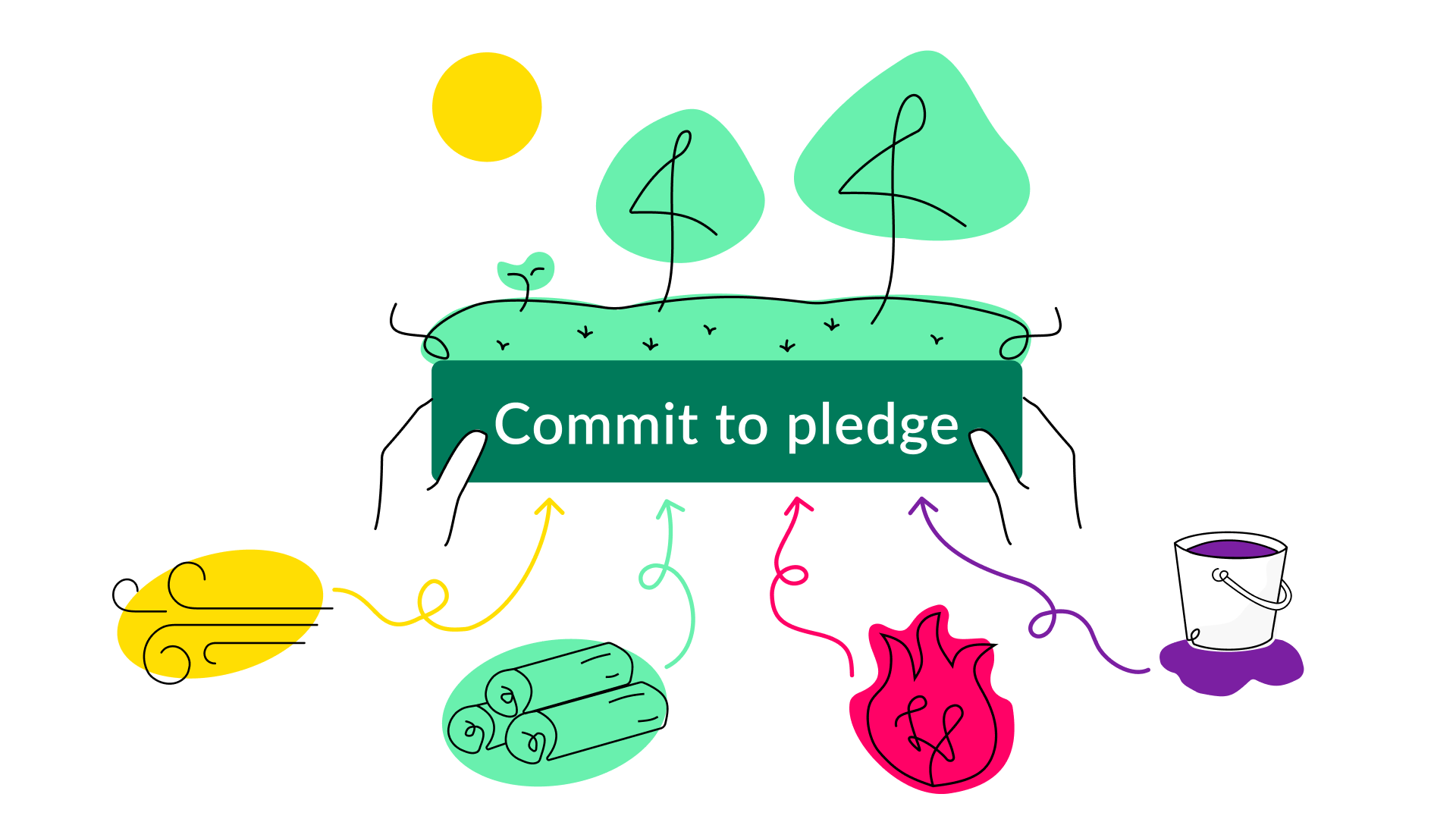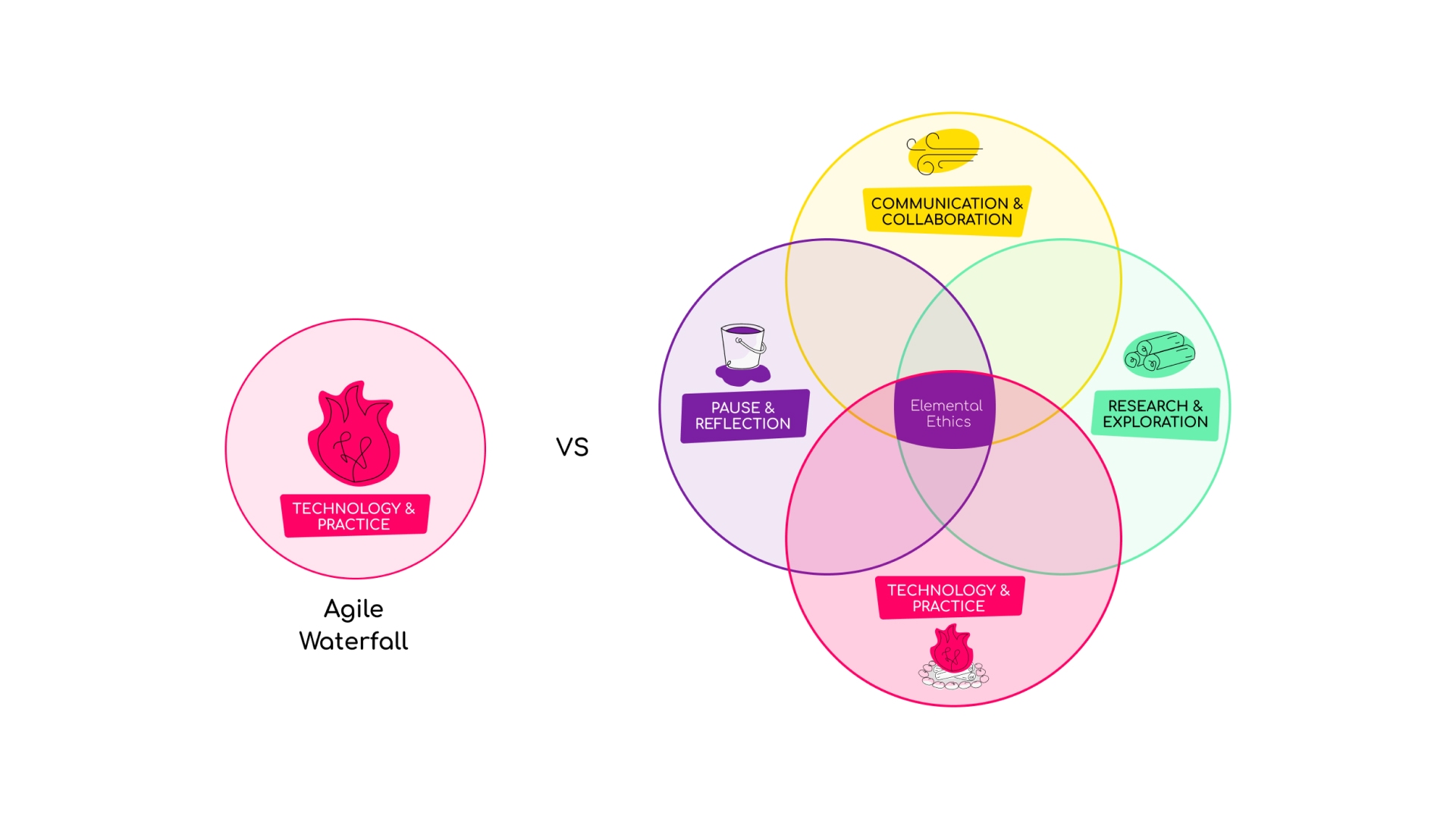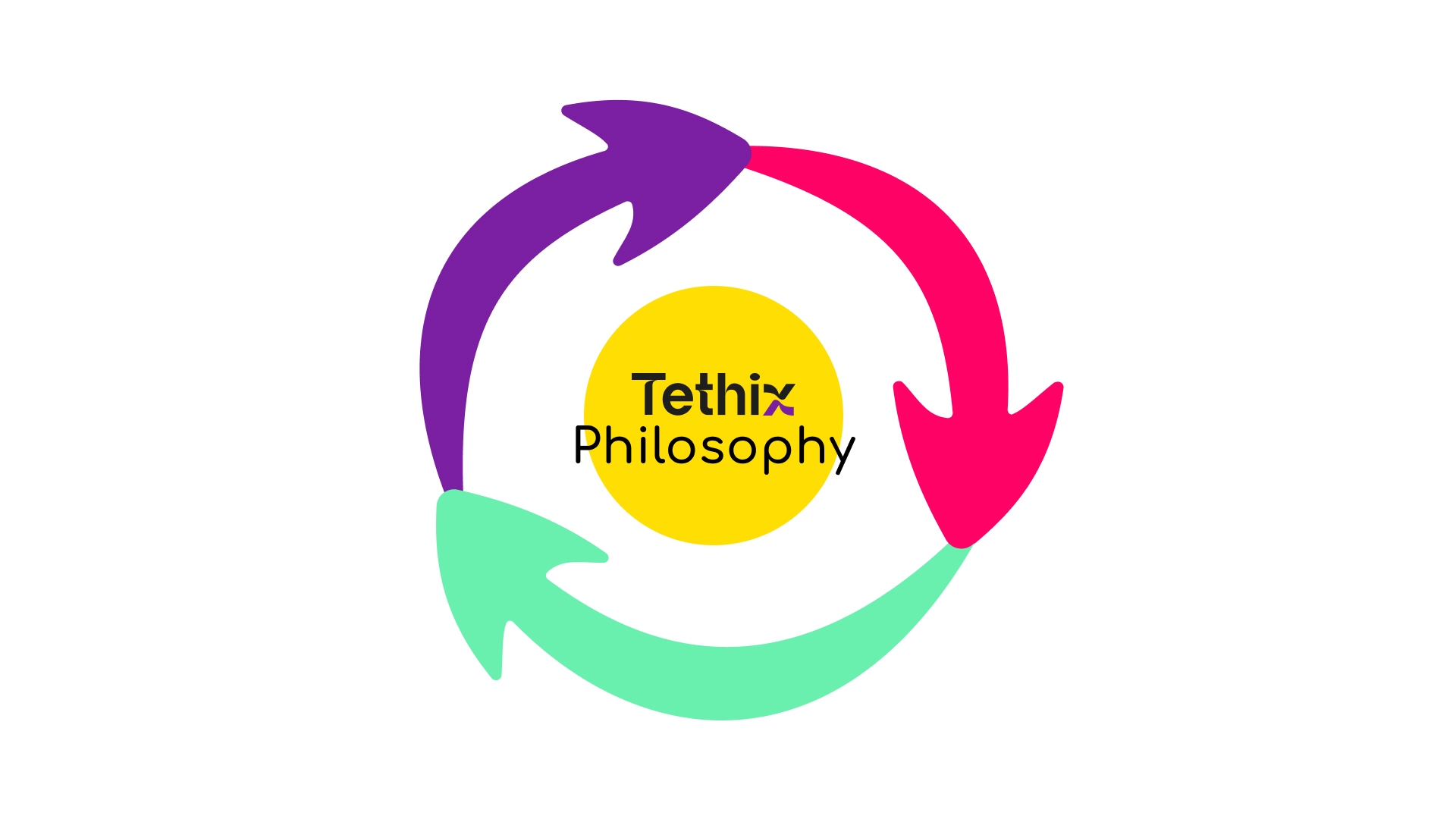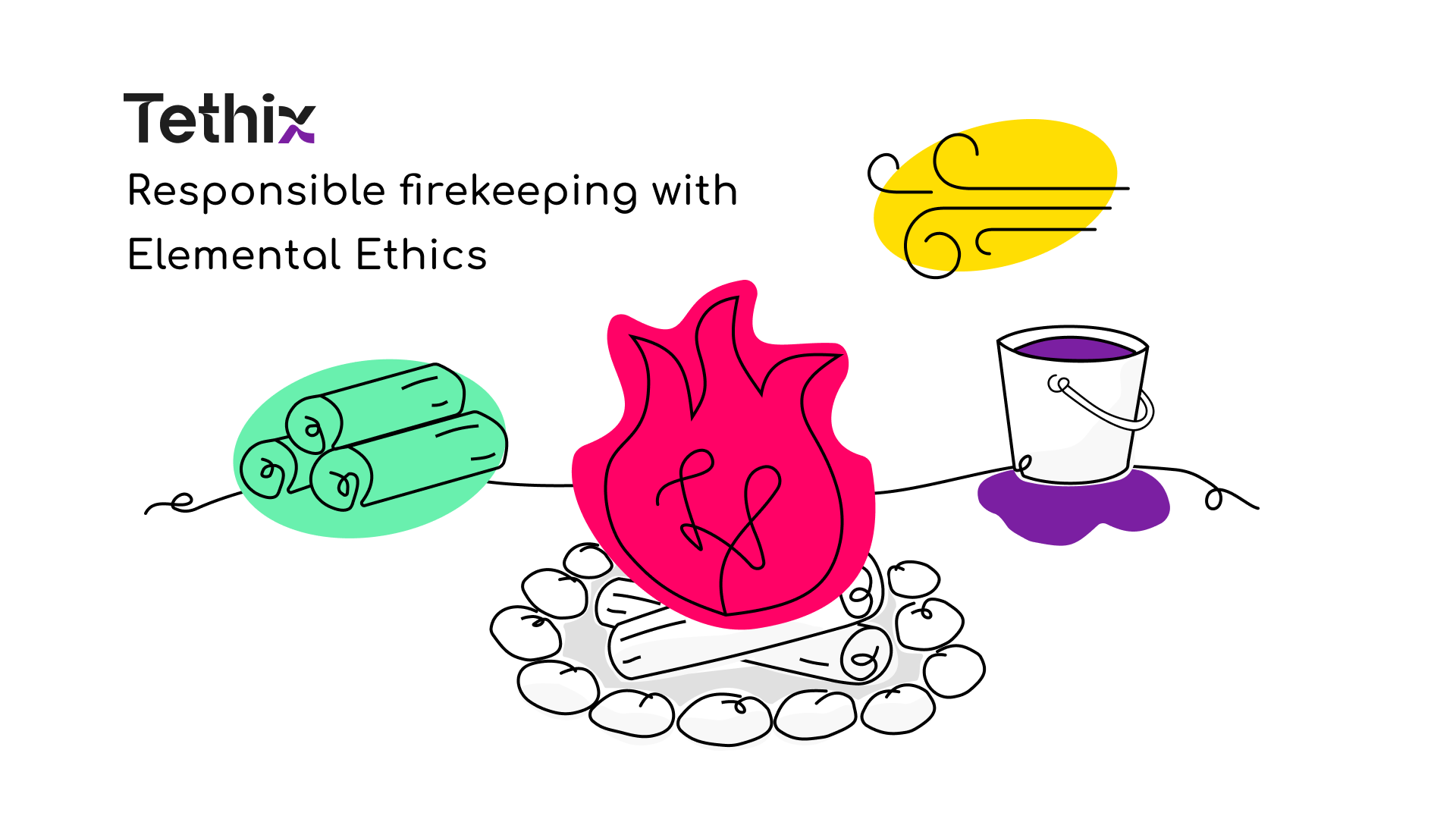A joint consultation submission we contributed to for Australia’s draft National Science and Research Priorities. Published in full below.
About the authors
Mathew Mytka, Nathan Kinch, Adrian Hindes and Samuel Wines are transdisciplinary practitioners with deep experience across domains, industries and geographies. We come together as citizens, community members, professionals, parents and friends in our attempt to positively contribute to the collaborative discourse on this topic. This document supports the video submission we have already made.
Executive Summary
The Australian National Science and Research Priorities draft is the mouth of the river; an expansive opening towards the vast ocean of possibility for a collectively redesigned, adaptively resilient, truly prosperous and equitable future for all Australians. In response, we propose a model of ‘Collective Futurecrafting’. Collective Futurecrafting is a cooperative, multi-sectoral, and multi-scale approach for resolving the complex and interconnected challenges facing our nation. Our proposed model for Collective Futurecrafting incorporates applied First Nations knowledge systems, principles of collective intelligence, open innovation, and participatory governance in a decentralised, yet highly coordinated, sociotechnical architecture. We recommend that the entire landscape of ecologically-informed systems interventions can be coordinated by a new government department, likened to The Future Generations Commissioner for Wales. Such an implementation of our proposal could enable downstream interventions by coordinating closely with Indigenous stakeholder groups on futurecrafting greater resilience of Australia’s diverse ecosystems and human-built environment.
Our shared story: The case for radical change
Australia faces unprecedented challenges, from existential ecological overshoot to social inequities. All of this, the story of where we’ve come from, where we are today and where we are headed, is situated within a rapidly changing environmental, sociopolitical and socioeconomic landscape. We are not, nor can we be, separated. We are part of an interconnected and interdependent whole across human and ecological systems.
Problematically, as alluded to above, our current trajectory as a nation is one that is destroying the habitability of our unique ecology. Whilst Australia is only one of many countries on the planet responsible for global climate change and ecological overshoot, we nevertheless have a responsibility to clean up our backyard. A future where all human beings on the planet can live healthy and dignified lives, although possible and deeply desirable, is not something we can attain without a radical and collective cultural reorientation.
An unlivable future for much of the biosphere and most disadvantaged populations in our society is not a far-fetched trajectory described in a statistical model. In the 1970s, Donella and Dennis Meadows published the Limits to Growth with the Club of Rome, which warned of resource constraints to our global future. Four decades onwards, in 2011, Ugo Bardi revisited the Limits to Growth in a follow-up publication, which confirmed many of the fears and the core message that we are in ecological overshoot. Barely a month prior to our submission here, a number of experts in Earth System Science (including the late Will Steffen, a juggernaut of Australian environmental research) published the article Earth beyond six of nine planetary boundaries, confirming without a shadow of a doubt that we are now in an existential ecological and climate crisis of proportions never seen in recorded history.
Unlike our neighbours in the Pacific and the United States, Australia has refused to publicly release a report on climate-related security risks to the nation requested by the Federal Government from the Office of National Intelligence (ONI). As such, the public is not currently privy to the degree to which Australia is facing an existential climate and environmental disaster. We are now squarely in what Dr Robert Glasser, the head of the Australian Strategic Policy Institute (ASPI) Climate and Policy Centre, has termed the “Era of Disasters” and we are unprepared.
This crisis is here, and now. The upcoming summer of 23 / 24 may, unfortunately, be the critical wake-up call that changes how we relate to ourselves, our environment and our economy. It is now up to us to collectively decide whether we step up to the most important responsibility of our time and act responsibly for the benefit of ourselves and all future generations on our planet.
For many years, Australia has operated far beyond our ‘fair share’ of planetary boundaries. This failure of national duty of care to our own population has resulted in devastating bushfires, more frequent and consequential floods, and longer and more brutal droughts. Due to our inability, and unwillingness, to responsibly act as the only species on this planet capable of ecological custodianship, our natural ecosystems are reaching what climate and Earth system scientists commonly refer to as tipping points. These tipping points range from the death of the Great Barrier Reef and dieback of Eucalyptus forests, to the collapse of critical ocean conveyor belts due to warming oceans. This is a relational crisis of epic proportions. The relationship we refer to is, quite simply, how we relate to ourselves.
Now is not the time to further ponder whether we can and should act. Now is the time to come together as a nation and collectively craft a pathway towards a healthy, balanced and prosperous future. Based on the preponderance of evidence, nothing short of a radical reimagining and redesigning of society will do.
Our Proposal: The Australian Government Department of Collective Futurecrafting
Collective Futurecrafting is an integrative and transdisciplinary approach aimed at collaboratively envisioning and co-creating preferable futures.
It combines elements of participatory governance, collective intelligence, systems thinking, transdisciplinary action research and various forms of expertise – ranging from scientific to indigenous wisdom – to address complex societal and existential overshoot challenges as represented in Australia’s draft National Science and Research Priorities.
Collective Futurecrafting may enable us to regeneratively transform the national economy and innovation ecosystems across states and territories towards a safe and just existence for all living systems in Australia.
Due to the nature of the situation, a Federal department with oversight on matters of environmental security for future generations must not only be put in place, in some form but have a proportional amount of funding and legislative backbone to the extent of the problem it would face. Various other reports support the observation that incoming risk to capital assets across government, private and residential areas are extraordinarily high.
According to the “Uninsurable Nation” report by the Climate Council, approximately one in every 25 properties (>500,000) will be “high risk”, with annual costs from extreme weather making them “effectively uninsurable” by 2030. Given that one estimate places about 55% of global GDP as dependent on nature, and therefore vulnerable to ecological overshoot, the statistic “1 in 25 properties…” is almost certainly an underestimate, as to the best of our knowledge, no organisation, government or research lab has attempted to do true cost accounting of latent risk from the exceedance of planetary boundaries across national bioregions, much less in Australia. Given the extraordinary degree of plausible capital asset loss and destruction due to climate risk and existential ecological overshoot, a proportional governance response is warranted in order to secure the resilience and livability of Australia within the bounds of an equitable and just society.
Implications for Australia’s Draft National Science and Research Priorities
The model we propose to begin addressing the zoology of risks must operate at the macro, meso and micro scales.
Macro: National and transnational systems – think federal policies, international collaborations, cultural zeitgeists, and large-scale socio-political and economic forces.
The macro-scale should focus on the high-level goals of the Collective Futurecrafting initiative, driven by national policy and supported by state and federal governments. This is where large investments and resource allocations are made commensurate to the challenges we face as a nation. Big questions like “How does Australia contribute to a global shift from linear to circular manufacturing models?” or “How do we scale participatory governance and budgeting across our country?” are addressed here. A macro-level framework would consider global models like Doughnut Economics to align Australia’s national goals with planetary boundaries and the social foundations to enable a preferable future.
Meso: This is the middle-ground where sectors, communities, and local governments operate. This is the scale of institutions, networks, and subcultures.
At the meso scale, different sectors (public, private, civil) should engage in multi-stakeholder partnerships to implement the high-level goals set at the macro scale. This could involve regional policy, localised and place-based R&D, community-driven projects, and sector-specific innovations. For instance, how might different states in Australia interpret and act on the national strategy for water security? The Berkana Four Stages could operate effectively here, nourishing communities of practice within various sectors and locales.
Micro: This is focused on individual, household, or small-group behaviour – essentially, the grassroots level.
This is where the rubber meets the road. At the micro-scale, it’s about translating those big, societal-level ambitions into day-to-day actions, decisions, and small-scale initiatives. Here, the focus could be on Challenge-Based Learning and education, skill-building, and creating tools for individuals and small groups to contribute to larger objectives. This should be facilitated by an open-source civic engagement app that supports direct engagement in Collective Futurecrafting. From helping people to contribute to participatory governance and budgeting, to being involved in community workshops on Indigenous knowledge, initiatives creating local food forests or being directly involved in local bush regeneration.
This comprehensive multi-scale model includes the following core features:
- First Nations Wisdom: Indigenous knowledge and Indigenous knowledge systems offer valuable insights into living and stewardship of land and resources.
- Action Innovation: Drawing from the discipline of action research, action innovation goes further to conduct research and develop real tangible solutions within the context said solutions are relevant.
- Collective Intelligence: Mobilising collective insights for problem-solving through citizen engagement platforms that are already available, preferably open source.
- Open Innovation 2.0: Encouraging participatory governance and co-creation across all sectors of government, industry, academia, and civil society.
- Challenge-Based Learning: Harnessing this progressive pedagogical model to involve people directly in Collective Futurecrafting and develop crucial knowledge and skills simultaneously.
- Concentric Collaboration: A diagrammatic governance framework for conceptualising, operationalising and innovating collaboration across industry, academia, civil society and all levels of government.
All of the above can and must be integrated into the structural governance architecture around Australia’s research priorities. Applied scientific research must ultimately be for the common good of society. As such, the only existential hope we have in addressing the unfolding interconnected and interdependent crises described above is if we collectively start steering the ship of Australian innovation to safer waters, and away from an otherwise deadly maelstrom of cascading disasters.
Enacting the above five core features is possible via the existing workstreams implied by the four priorities already listed in the draft priorities. This can be done by synthesising vital components into transdisciplinary workstreams.
Overarching Workstreams:
- Regenerative Livelihoods and Ecological Resilience: Focuses on climate mitigation adaptation, negative emissions, renewable energy, and ecological geoengineering such as regenerative agriculture.
- Inclusive Governance and Societal Health: Concerned with the biopsychosocial well-being of citizens, digital platforms & misinformation, and commons-based civic participation.
- Technological and Ethical Foresight: Deals with data, digital and AI ethics, cybersecurity, and responsible design and development of emerging technologies.
Each of these, as well as other action research streams, could be led by Cooperative Research Entities (CREs). CREs would effectively be adaptations of the existing Cooperative Research Centres (CRC) model that has been in place for decades. These would operate as multidisciplinary and transdisciplinary units collaborating across industry, academia, civil society and First Nations language groups.
Proposed Sociotechnical Architecture
- Department of Collective Futurecrafting: A newly created Government department responsible for coordinating nationwide efforts towards a thriving future for all Australians and our more-than-human world.
- Local Innovation Centers: For localised problem-solving and experimentation.
- Bioregional Learning Centres: Weaving of modern Complex Adaptive Systems Science, prosocial collaboration and Indigenous Knowledge Systems.
- Community Nodes: For grassroots engagement and data collection.
- Digital Platforms: For transparent data management and public engagement.
Implementing new Futurecrafting-Aligned Priorities:
- Science Agencies: Facilitate knowledge exchange between CREs and global scientific communities.
- Science Infrastructure: Modernise research facilities to encourage cutting-edge action research that factors in collective intelligence and crowd-sourced wisdom.
- Australian Government Programs: Align public funding and all major infrastructure projects with priority workstreams.
- Domestic and International Relations: Build networks for knowledge and resource exchange at the macro, meso and micro scales.
In our view, our proposal to enhance and enable existential national security via ecologically aligned research priorities draws from six out of seven of the guiding principles already listed in the Draft Priorities.
- Be Community-Informed: Harnessing place-based contextual insights through grassroots nodes and public consultations.
- Be Ambitious and Purpose-Driven: It’s a signal to industry and the research sector of the radical direction we must take over the coming decade to deliver meaningful impact.
- Be Evidence-Based: Addressing existential ecological overshoot requires robust data from multidisciplinary sources and expertise.
- Enduring and Responsive: Adaptive structures with review mechanisms that are embedded into governance at all scales.
- Be Relevant: Futurecrafting necessarily entails dynamic adaption to context across macro, meso and micro scales to maintain focus on the relevant future horizon.
- Be Focused: By focusing on what matters most to all citizens and living systems of this nation.
Arguably, not addressing what we have described as the reasons for radical change would be an implicit failure of the National Science and Research Priorities to align its actions to the spirit and
intentionality described in the documented principles. We cannot build a stronger or more resilient nation without earnestly tackling existential ecological overshoot.
Collective Futurecrafting is not just another plan; it is a call to relational action. It advocates for a collaborative effort in redesigning a future that acknowledges the interconnectedness of all life, respects First Nations wisdom, and leaves no one behind.
This submission aims to open a constructive dialogue for the collective good. We look forward to contributing to the next phase of this crucial journey, recognising that much of what we have described will require further clarification. All authors are excited about the possibility of supporting this process. We encourage the Commonwealth and any other interested parties to reach out to us directly to accelerate this process.
References
- Submission number: sbm297584d0418c2bdce73a5 (see (https://youtu.be/zSmAZcftVcM)
- See here for an international precedence of our suggestion: https://www.futuregenerations.wales/
- This would greatly expand upon what the Department of Climate Change, Energy, the Environment and Water already has remit for with the Indigenous collaboration in the National Environmental Science Program: https://www.dcceew.gov.au/science-research/nesp/publications/indigenous-collaboration-australia-environmental-science-brochure
- Meadows, D.H., Goldsmith, E.I. and Meadow, P., 1972. The limits to growth (Vol. 381). London: Earth Island Limited.
- Bardi, U., 2011. The limits to growth revisited. Springer Science & Business Media.
- Richardson, K., Steffen, W., Lucht, W., Bendtsen, J., Cornell, S.E., Donges, J.F., Drüke, M., Fetzer, I., Bala, G., von Bloh, W. and Feulner, G., 2023. Earth beyond six of nine planetary boundaries. Science Advances, 9(37), p.eadh2458.
- UNDP and PIFS (2023). Pacific Climate Security Assessment Guide. Fiji
- http://www.climatecodered.org/2023/08/the-australian-government-refuses-to.html
- https://www.aspistrategist.org.au/preparing-for-the-era-of-disasters/
- https://goodlife.leeds.ac.uk/national-trends/country-trends/#AUS
- https://www.climatecouncil.org.au/resources/uninsurable-nation-australias-most-climate-vulnerable-places
- https://www.edie.net/pwc-55-of-global-gdp-at-risk-from-nature-loss
- See ‘The Life-cycle of Emergence: Using emergence to take social innovation to scale’ (https://berkana.org/resources/pioneering-a-new-paradigm/)
- See ‘Challenge Based Learning’ (https://www.challengebasedlearning.org/)
- See video submission for an example (https://youtu.be/zSmAZcftVcM)
- Kusnanto, H., Agustian, D. and Hilmanto, D., 2018. Biopsychosocial model of illnesses in primary care: A hermeneutic literature review. Journal of family medicine and primary care, 7(3), p.497.
- See for example: Alexander, J., 2022. Citizens: Why the Key to Fixing Everything is All of Us. London: Canbury Press.
- See video submission for further detail (https://youtu.be/zSmAZcftVcM)




